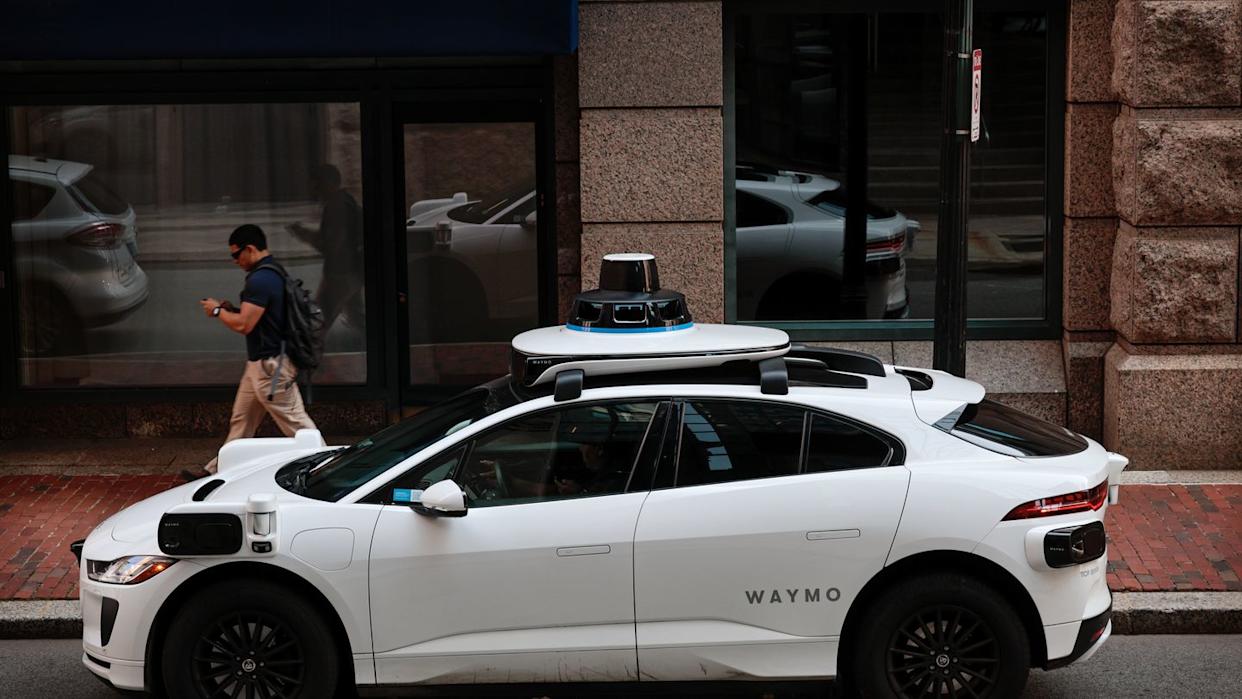
Waymo receives permit to test small number of its autonomous vehicles in New York City, but has not detailed a schedule for a full-scale launch.
The robotaxi company plans to test vehicles solely in Manhattan and Brooklyn.
A fuller-scale launch in the five boroughs looks unlikely at the moment, given the infrastructure needed for maintenance and charging needs for a fleet that large.
After Waymo announced plans to launch in Washington, DC, we knew that NYC would be among the next cities, at least at some point this decade.
Now, the robotaxi industry leader has obtained permits to begin testing their autonomous tech in New York City. It's one of the first steps preceding a commercial launch.
But this doesn't mean you'll have a good chance of spotting one on the street if you live and walk around Manhattan every day.
The robotaxi company will be allowed to test up to eight autonomous vehicles Manhattan and in downtown Brooklyn through late September of this year. That's just the pilot testing period, after which Waymo will have a chance to apply to extend it. And the DOT's approval itself relates solely to testing autonomous technology, so the robotaxis won't be able to pick up passengers during the testing phase, and they will have human backup drivers behind the wheel.
"As autonomous vehicle technology expands across the country, DOT has put in place comprehensive safety guidelines to ensure safe, responsible testing on our city's streets," said DOT Commissioner Ydanis Rodriguez. "These requirements will help ensure that the development of this technology is focused, first and foremost, on the safety of everyone who shares our busy city streets."
Among other things, New York City features a very different layout from every other city in which Waymo has launched a fleet: It's essentially as island connected by just a few narrow (and often clogged-by-traffic) bridges that also have some, ahem, "vintage" road layouts that leave very little margin for error and do not suffer unfamiliar drivers gladly.
New York City will also be one of just three cities in which Waymo will launch operations, besides Washington, DC, and Philadelphia, that will have the possibility of serious winter weather at least a couple of months a year.
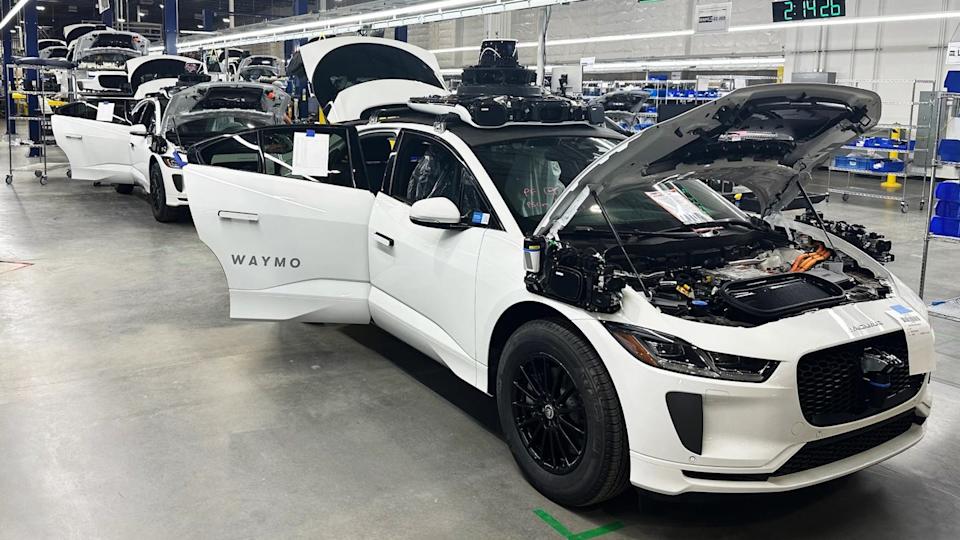
"With over 10 million rides completed in five major US cities and a strong safety record, we're proud to be working with leaders to lay the groundwork to bring this life saving technology to New Yorkers one day, beginning with receiving the first-ever permit issued in the city to drive autonomously," said Annabel Chang, head of US state and local public policy, Waymo.
Waymo has not mentioned whether it eventually plans to have its robotaxis service airports including LaGuardia and JFK, even though Manhattan and Brooklyn will see testing and perhaps be the first two boroughs to see service at a later date.
At the moment, the company has not hinted just when paid operations might begin, or whether it will partner with Uber or another app in its commercial roll-out.

The size of the planned, initial launch fleet also remains unknown at this time, given the fact that Waymo and other robotaxi operators have generally needed to build up a critical mass of cars in a given area before launching the app. Otherwise there could be too much demand early on, along with lengthy wait times.
It is unlikely that Waymo even has enough ready and available robotaxis to launch a full-scale fleet in Manhattan and Brooklyn. We expect this may happen only after conversions of the Hyundai Ioniq 5 begin.
Just whether any other boroughs will see Waymo fleets is a separate question, one that also concerns the footprint for maintaining such a large number of cars.
The scale of the operation for Manhattan and Brooklyn would require significant expenditures for charging and cleaning the cars after every shift, suggesting that Waymo will start things off slowly in New York.
So a Waymo fleet launch in Manhattan and Brooklyn is far from a done deal at the moment.
Waymo will also face questions from NYC's powerful Taxi and Limousine Commission (TLC), as the robotaxis will effectively be seen as automation replacing human jobs.
This is before we even get to questions of profitable operations, which are not quite in sight at the moment.
"New York City is proud to welcome Waymo to test this new technology in Manhattan and Brooklyn, as we know this testing is only the first step in moving our city further into the 21st century," said New York City Mayor Eric Adams. "As we continue to implement responsible innovation, we will always prioritize street safety.”
As much as we miss the Checker Marathon (mostly from movies like Scrooged), once service launches, NYC residents will likely be treated to a far plusher experience in the Jaguar I-Pace models, which Waymo has purchased in the thousands for conversion into robotaxis, setting up a special facility out west.
Will robotaxis from Waymo and others be able to replace all the taxis and ride-hailing drivers in the NYC area by 2035, or will they remain a niche service? Let us know what you think in the comments below.
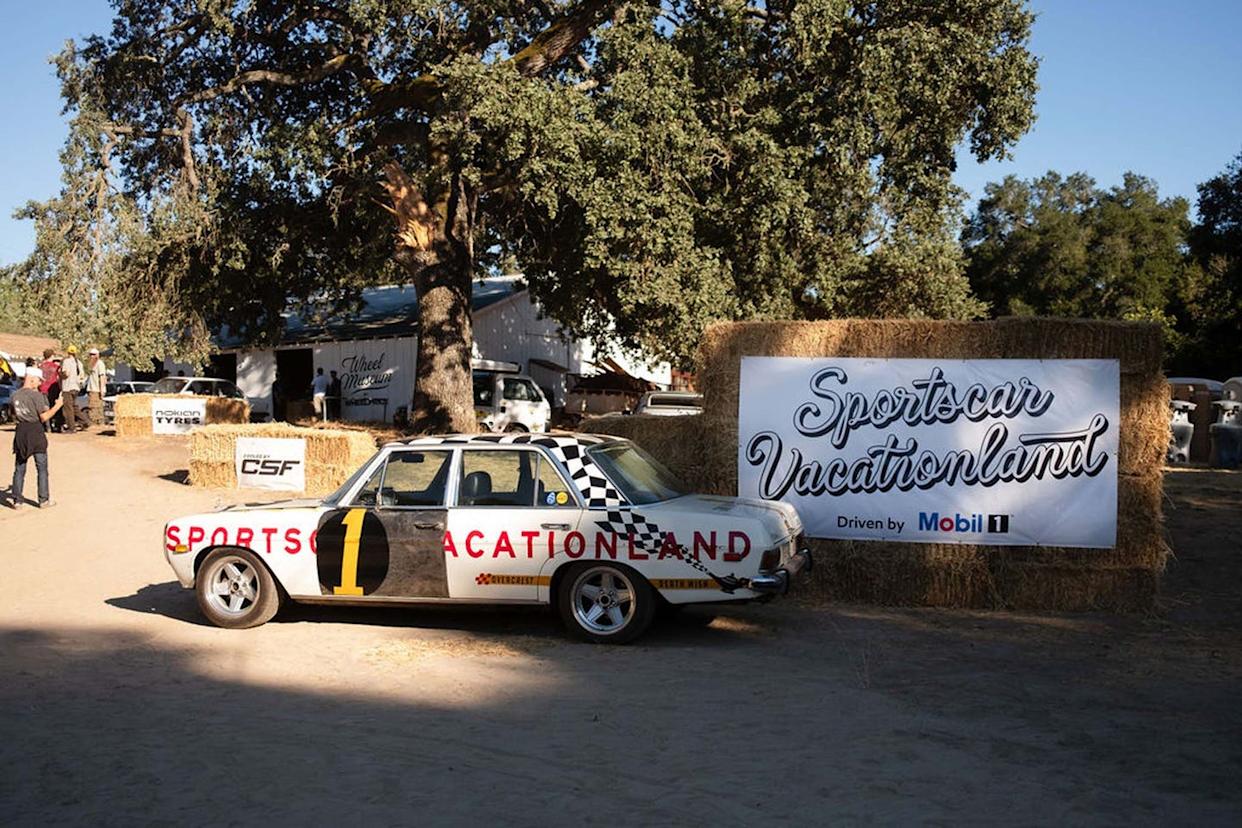

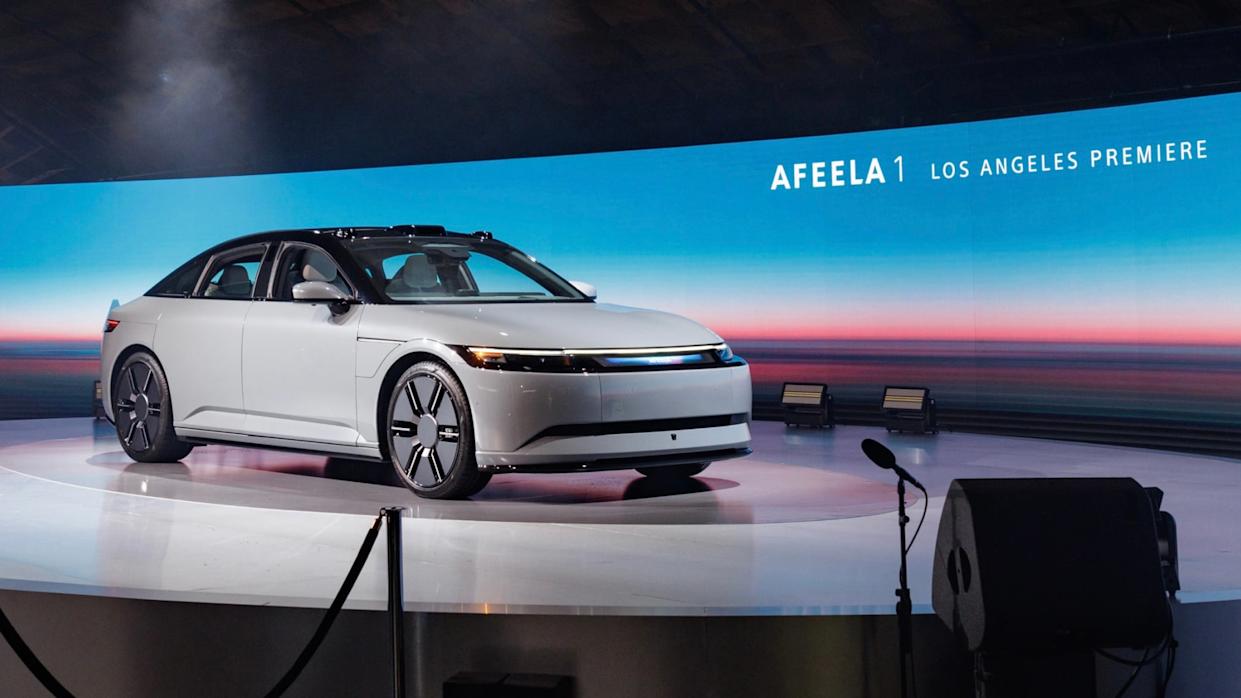

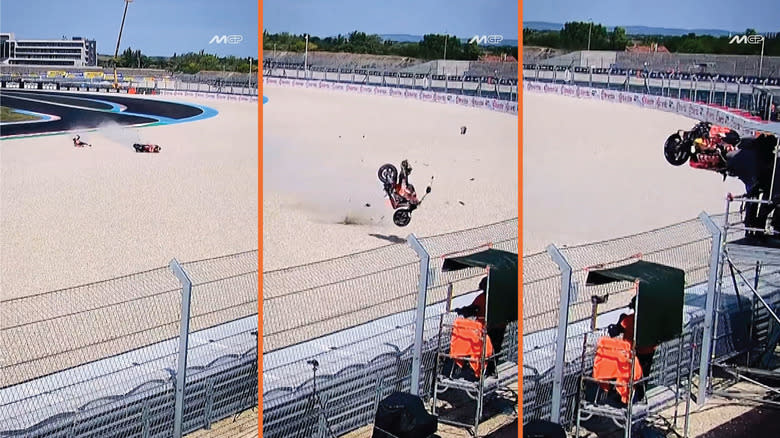
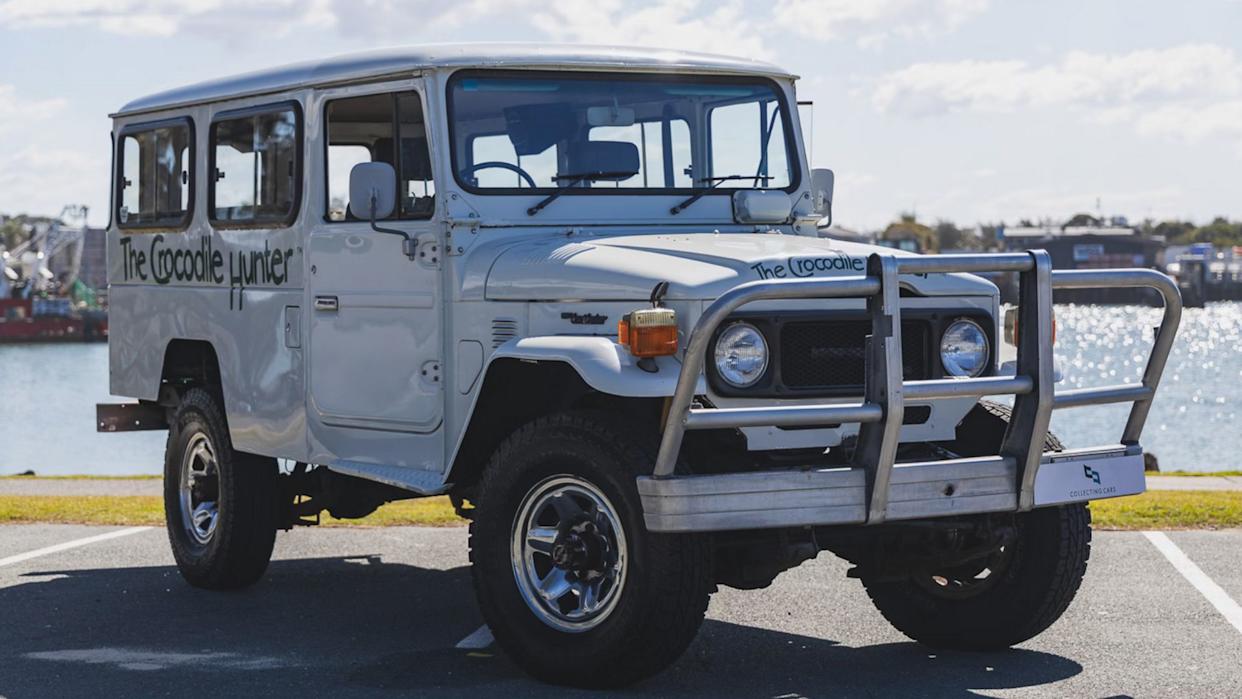
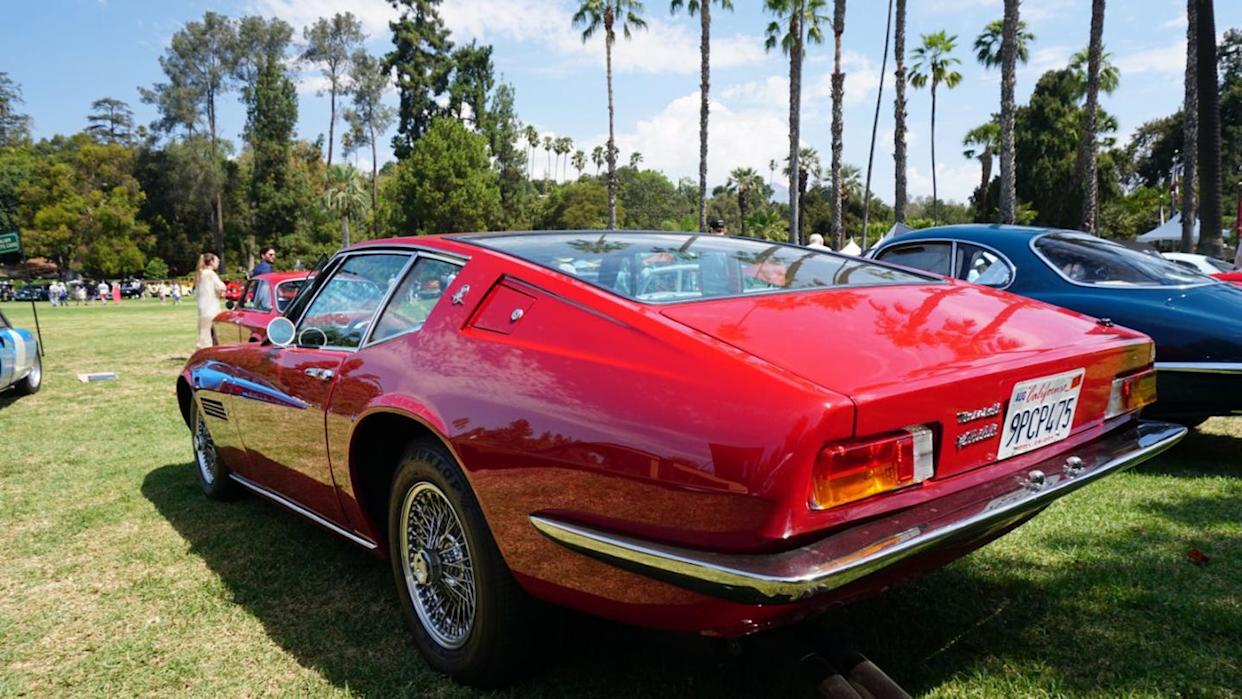
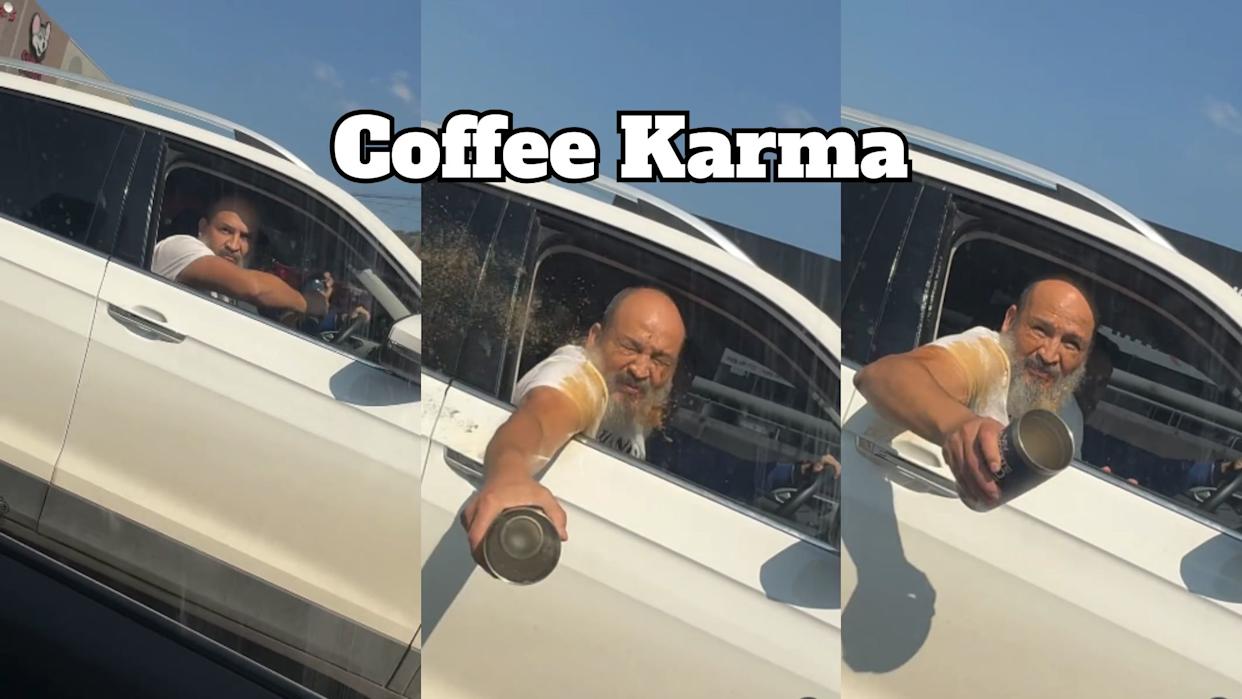
Comments